(1854 products available)

























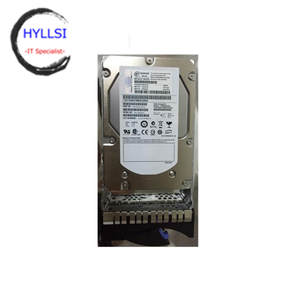

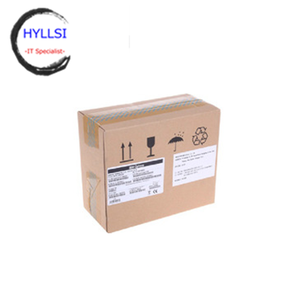






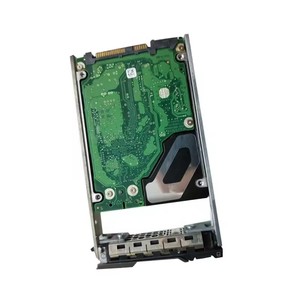













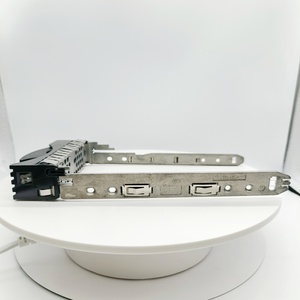






























































































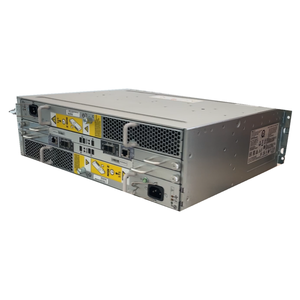

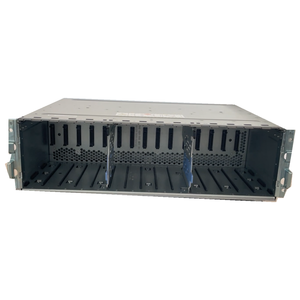
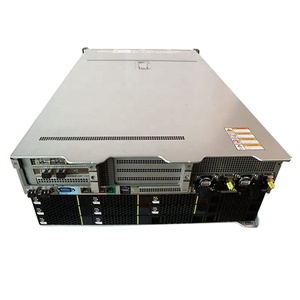
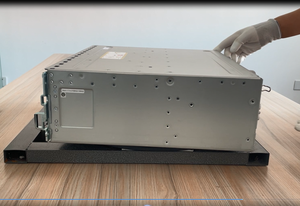
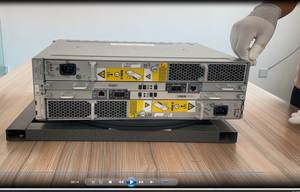


















A hard disk tray is a removable compartment or chassis that houses one or more hard disk drives (HDDs) or solid-state drives (SSDs). It is commonly used in servers, storage arrays, and some desktop computers to provide a secure and interchangeable storage solution. Hard disk trays allow for easy installation, removal, or replacement of drives without opening the entire system unit. They often come with locking mechanisms to ensure the drives are secure and may include connectors for power and data transfer. Various types of hard disk trays are available, including:
Hard disk trays are an important part of computer systems. They secure and support hard drives while providing quick and easy access. Since there are different types of hard disk trays, their features may vary. Some hard disk trays have removable features, allowing users to replace or upgrade hard drives. This feature is important for storage expansion or replacement. Other hard disk trays have locking mechanisms that keep the hard drives safe and secure. The locking mechanism allows only authorized personnel to access the hard drives and prevents data theft.
Some hard disk trays have an optional locking feature, which allows users to use an additional layer of security for the hard drives. This optional feature can be integrated into the locking system of the entire computer system. Optional locks can include a simple keyed lock or a more sophisticated electronic locking system.
Another common feature of hard disk trays is the ventilation slots. They can be found in various hard disk trays. The ventilation slots allow proper airflow to keep the hard drives cool. If the hard drives overheat, it can lead to permanent damage or even hard drive failure. Keeping the hard drives cool improves their performance and longevity. Additionally, the ventilation slots assist in maintaining optimal operating temperatures.
Hard disk trays can be made using different types of materials. Trays made using superior quality aluminum materials dissipate heat quickly. This helps to keep the hard disk cool. On the other hand, hard disk trays made using steel show excellent durability and offer great protection to the hard disks.
Hard disk trays come in different sizes to accommodate various hard disk dimensions. For example, HDD trays are usually larger than SSD trays since hard disk drives are larger than solid state drives. Common hard disk tray sizes include 3.5-inch and 2.5-inch sizes.
The hard disk tray is used in many places. These are some common uses:
Servers and Data Centers
Hard disk trays are common in server racks. They allow people to put many hard drives in one server. Each tray holds one drive in a neat way. Trays also help system admins reach drives fast. They remove trays from the rack or server bays. Using trays makes servers organized. They also provide safe and quick access to data drives.
Workstations for High-End Tasks
Some computer workstations need hard disk trays. Professionals who edit videos or handle big data use them. Trays let these workstations have multiple drives for additional storage. They assign each tray an important task. This makes opening files and working on projects faster. Trays improve the efficiency of such memory-intensive jobs.
RAID Storage Arrays
RAID systems for backing up data also use disk trays. RAID needs several disks working together. Each tray holds a drive securely in a RAID configuration. It protects data by saving it across all the disks. If one disk fails, users can still get their files from the others. Trays enhance data reliability and recovery for these RAID setups.
External Enclosures for Extra Storage
Disk trays also go inside external storage enclosures. These cases connect to computers through USB or firewire. Tucked inside are disk trays with drive bays. They give users additional disk space if their computers lack storage. External drives are useful for those needing more room to store files like pictures.
For Backups and Archives
People also use hard disk trays to back up their data and archives. Disk trays allow anyone to make copies of important files and information. Each tray can hold a drive that stores backups. Having multiple backups on different disks helps prevent loss. It is wise to keep backup copies of things like documents and photos.
Before selecting a hard disk tray, there are some important factors that buyers should consider. This will help ensure the disk tray will be fully functional and efficient while meeting the specific needs of customers.
Q1 What is the importance of a hard disk tray?
A1. The tray enables the smooth, secure, and simple installation and removal of hard drives. It helps protect the drives from physical damage due to knocks or drops.
Q2 Can a hard disk tray be repaired if damaged?
A2. Some hard disk trays can be repaired, but most cases, the damage is beyond repair. The disk trays have many connectors that can get damaged easily. If the tray is plastic, the connectors' failure might need replacing the entire tray. For metal trays, the dents and scratches can be fixed by a professional.
Q3 How can buyers maintain hard disk trays?
A3. Store the trays in a clean and dust-free environment. Avoid touching the inside part of the tray that connects to the hard disk. When using the trays, keep them away from liquids to prevent corrosion if the trays have metal parts. If the tray is plastic, liquid spills will damage the components and the case of the hard disk.
Q4 How to install a hard disk into the tray?
A4. Position the hard disk so its connectors align with the tray's connector opening. Secure the disk using screws or clamps. These components hold the disk in place and prevent it from moving. Finally, slide the tray with the mounted hard disk into the server or laptop.